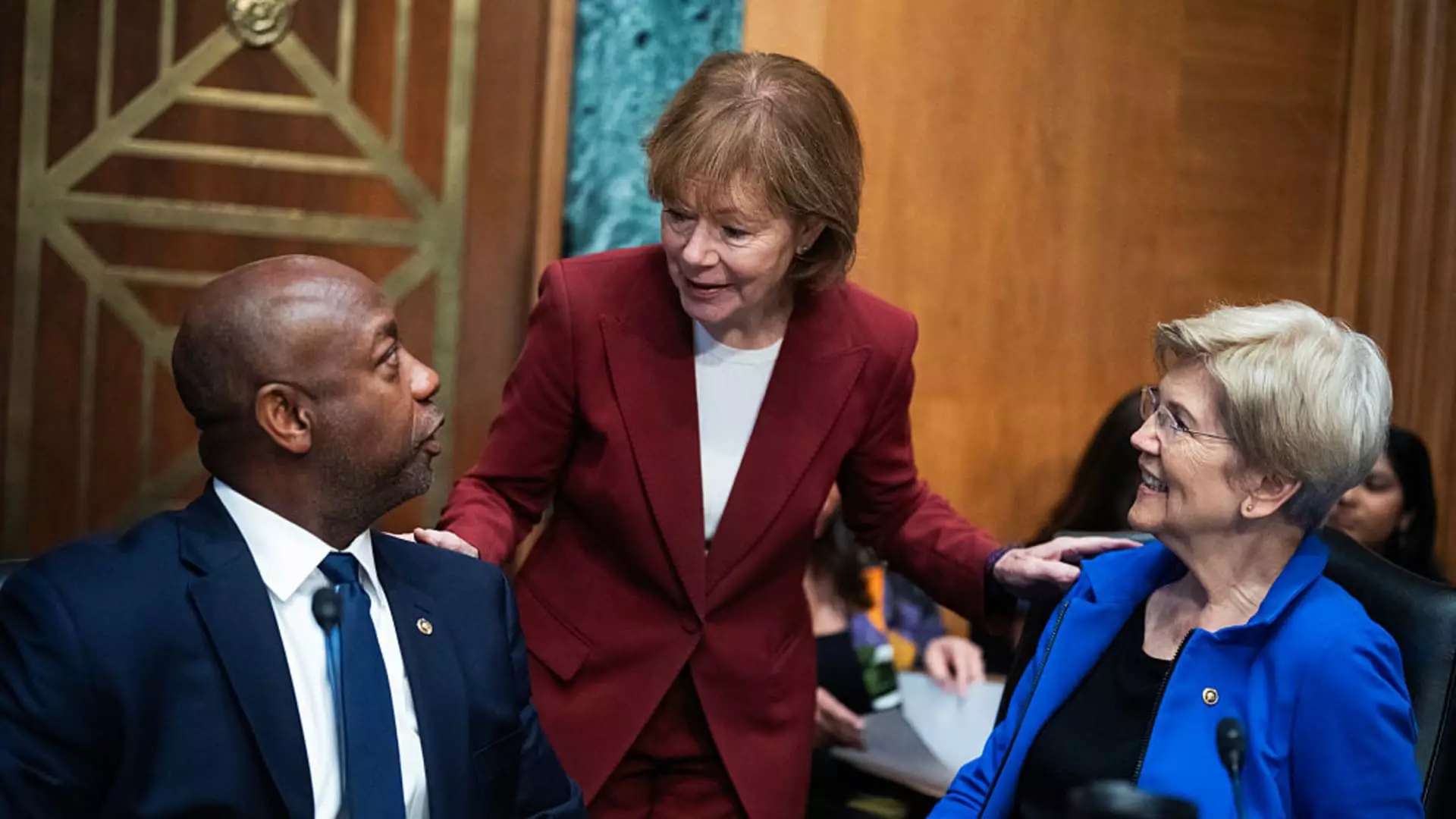In an era marked by partisan gridlock and economic disparity, the recent approval of the Housing Opportunity and Renewal Act of 2025 by the Senate Committee on Banking, Housing, and Urban Affairs stands out as a rare beacon of cooperation. While critics might dismiss this as mere political maneuvering, the bill’s potential to reshape the fragile fabric of American housing deserves serious consideration. This legislation signals that, even in a polarized climate, there exists a collective acknowledgment that housing is not just an economic issue but a fundamental human right. However, amid the bipartisan applause, it’s crucial to scrutinize whether this effort is a meaningful stride forward or just another half-measure that fails to confront the root causes of our housing woes.
Transformative or Incremental? The True Impact of the Bill
At its core, the bill seeks to curb soaring housing prices, ease regulations, and foster a more accessible housing supply—an undeniably necessary shift given current market conditions. With the median home price hitting unprecedented highs—breaking the $435,000 mark in June—many Americans find themselves priced out of their own neighborhoods. Elevated interest rates exacerbate this, stunting new construction and discouraging potential homeowners. What’s commendable is the bill’s focus on easing local regulations that hinder housing development, particularly in communities where shortages are most severe.
Yet, the question remains: are these provisions enough? While streamlining the construction of manufactured housing—like mobile homes—could offer immediate relief, it risks reducing homes to mere commodities rather than addressing deep-seated issues of affordability and community stability. Is the bill a meaningful response to the housing crisis, or merely a Band-Aid over a much larger wound? The answer hinges on whether these incremental changes will ripple into systemic solutions or fade as superficial fixes.
Will the Bill Help Those Who Need It Most?
Perhaps the most promising elements of the legislation target vulnerable populations—disaster recovery and low-income homeowners. Permanently authorizing the Community Development Block Grant Disaster Recovery program ensures a reliable safety net for communities struck by natural calamities. This move is more than symbolic; it safeguards millions from falling further into homelessness after disasters, providing much-needed resources for rebuilding homes and lives.
Additionally, adjusting policies to assist USDA loan borrowers reflects a recognition that existing financial tools unfairly exclude some of the most underserved communities. Offering options like loan extensions could deliver immediate relief to struggling rural homeowners, preventing foreclosures and fostering community resilience. Nonetheless, the core challenge remains—these targeted measures, while beneficial, do not fundamentally dismantle the structural inequities that perpetuate housing injustice. Communities of color, the very engine of America’s diversity, are still often left behind by policies that tout equity but fall short of achieving it.
Will This Legislation Be Enough to Break the Cycle?
The bill’s success ultimately depends on whether it encourages a paradigm shift from reactive relief to proactive, systemic reform. Encouraging local governments to cut red tape and incentivize affordable housing construction is positive, but it risks placing too much faith in local discretion, leaving marginalized communities vulnerable to exclusion or gentrification.
More troubling is the bill’s limited scope in tackling economic inequality that fuels housing unaffordability. Raising supply is crucial, but without addressing wage stagnation, rising living costs, and discriminatory housing practices, the problem will persist. It’s like patching a leaky dam with new bricks—impatiently trying to contain a flood without fixing the source. A truly transformative approach would involve ensuring that housing is accessible not merely through increased supply, but through policies that empower workers, protect tenants, and challenge unjust market dynamics.
The Senate’s recent advances in housing legislation are commendable in that they acknowledge the urgency of the crisis and demonstrate a willingness to work across ideological lines. However, whether this bill is a genuine game-changer or just political window-dressing remains to be seen. As a center-leaning advocate for social equity, I believe that meaningful reform must go beyond easing regulations and providing targeted aid. It requires confronting systemic inequities head-on, ensuring that every American—not just the privileged few—has a fair shot at the American Dream. The challenge now lies in transforming legislative ambitions into bold, inclusive actions that truly prioritize human dignity over short-term political gains.

